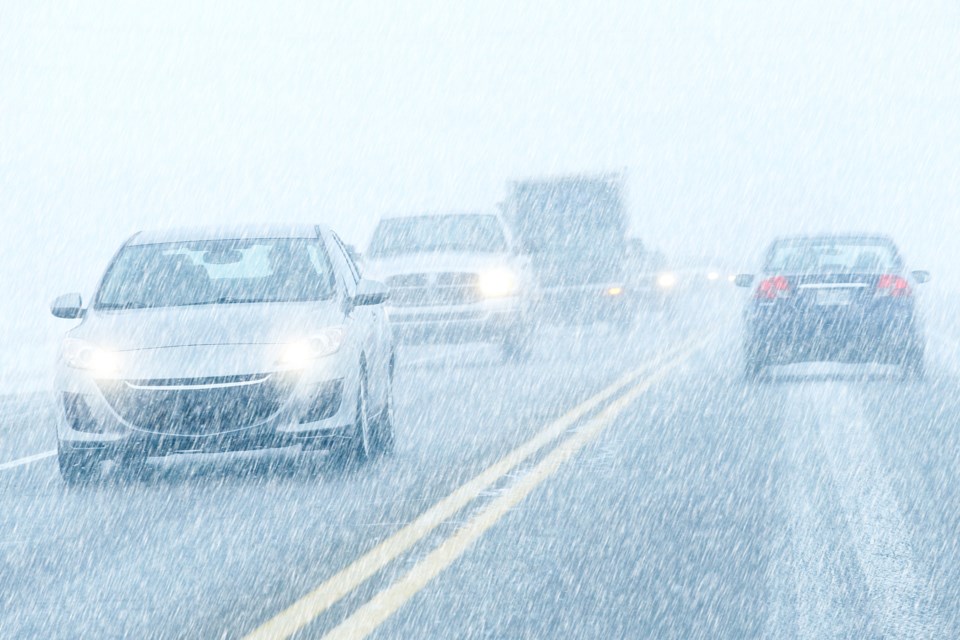NEWS RELEASE
ONTARIO PROVINCIAL POLICE
*************************
COUNTY OF WELLINGTON - In effort to prepare drivers for the wet and icy road ahead, Wellington County Ontario Provincial Police (OPP) would like to share some analytical collision data from the past.
Looking at the trends from the past (2013 to 2017) we will see what is likely to come this winter. While these figures do not account for the severity of the collisions or injuries we can accept the fact that with greater speeds come greater impacts and greater impacts contribute to greater losses.
By the Place: most collisions (>50 per cent) occur on the straight sections of open road. This means that you are more likely to get in a crash at a non-intersection, implying that the crash does not require a second vehicle. And we all know where the blame on a single vehicle crash most often lays, the driver.
By the Cause: wild and domestic animals, inattentive/distracted drivers and excessive speeds are the three leading causes of collisions; along with failing to yield right-of-way, following too closely and losing control receiving honourable mention. Most reportable collisions in Wellington County are credited to one of these six causes and all but one put the blame squarely on a driver.
By the Season: it would be fair to say that winter driving is a perishable skill given that November sees the most vehicle collisions followed by a steady decrease till spring. The spike in crashes in June follows a similar pattern in that it marks a drastic change in season and a drastic change in driving habits. The inclement weather in early winter and the over confidence in early summer, make the case that a cautious driver is a safe driver.
By the Day: Sundays receive the award for most collisions followed by Mondays and Fridays. Again we see a correlation between an increased number of collisions and a transition period, going from a weekday mindset to a weekend mindset and vise-versa.
By the Time: collisions most notably increase toward 5 p.m. with a second smaller increase occurring around and 8 a.m. These numbers align proportionally with traffic volumes and daylight hours, where commuter traffic and the dusk/dawn being the most obvious contributor. 3 a.m. and the early hours of the morning see very few crashes, showing the connection between traffic volumes and collisions numbers.
By the Weather: over 70 per cent of reported collisions occur on clear days with very few occurring during freezing rain, drifting snow and fog. While this may seem contrary to popular belief, remember that during extreme weather events drivers will typically drive slower therefore damages in crashes will be less and anything below $2,000 in damages is non-reportable. Conversely, the high speeds driven on clear days and the overconfidence of good visibility and control will see clear-day collisions amount to greater damages.
OPP would like to remind drivers that time and distance are your best defence when it comes to driving. Giving yourself space to adjust and time to compensate for foreseeable and unforeseeable issues and hazards that could ruin your day.
Any collision that causes vehicle damages totalling over $2,000, or damages other property (regardless of value of damage) or causes personal injury must be reported to police immediately. Failing to do so is illegal under the Highway Traffic Act of Ontario. If unsure, it is always advisable to contact police.
*************************
